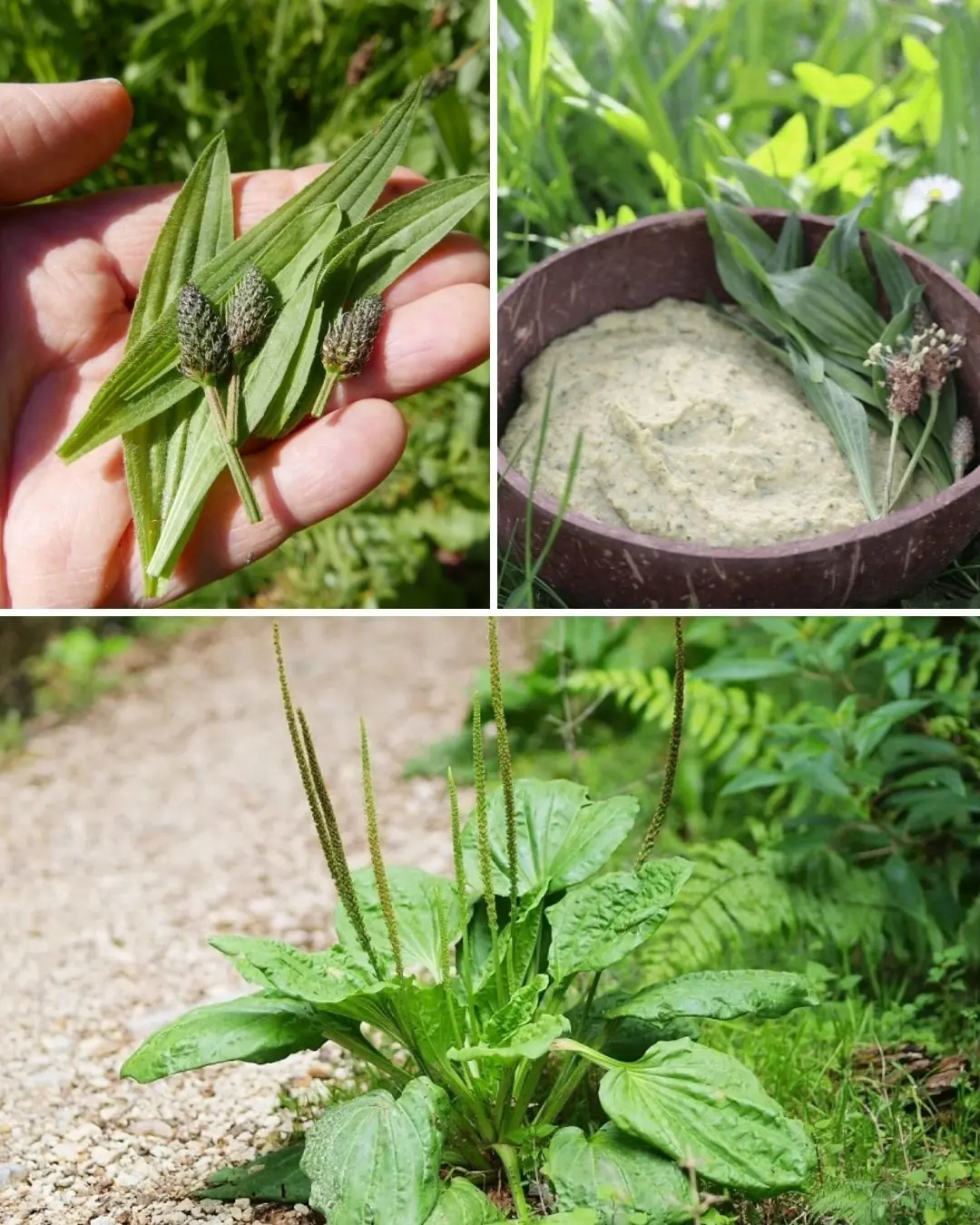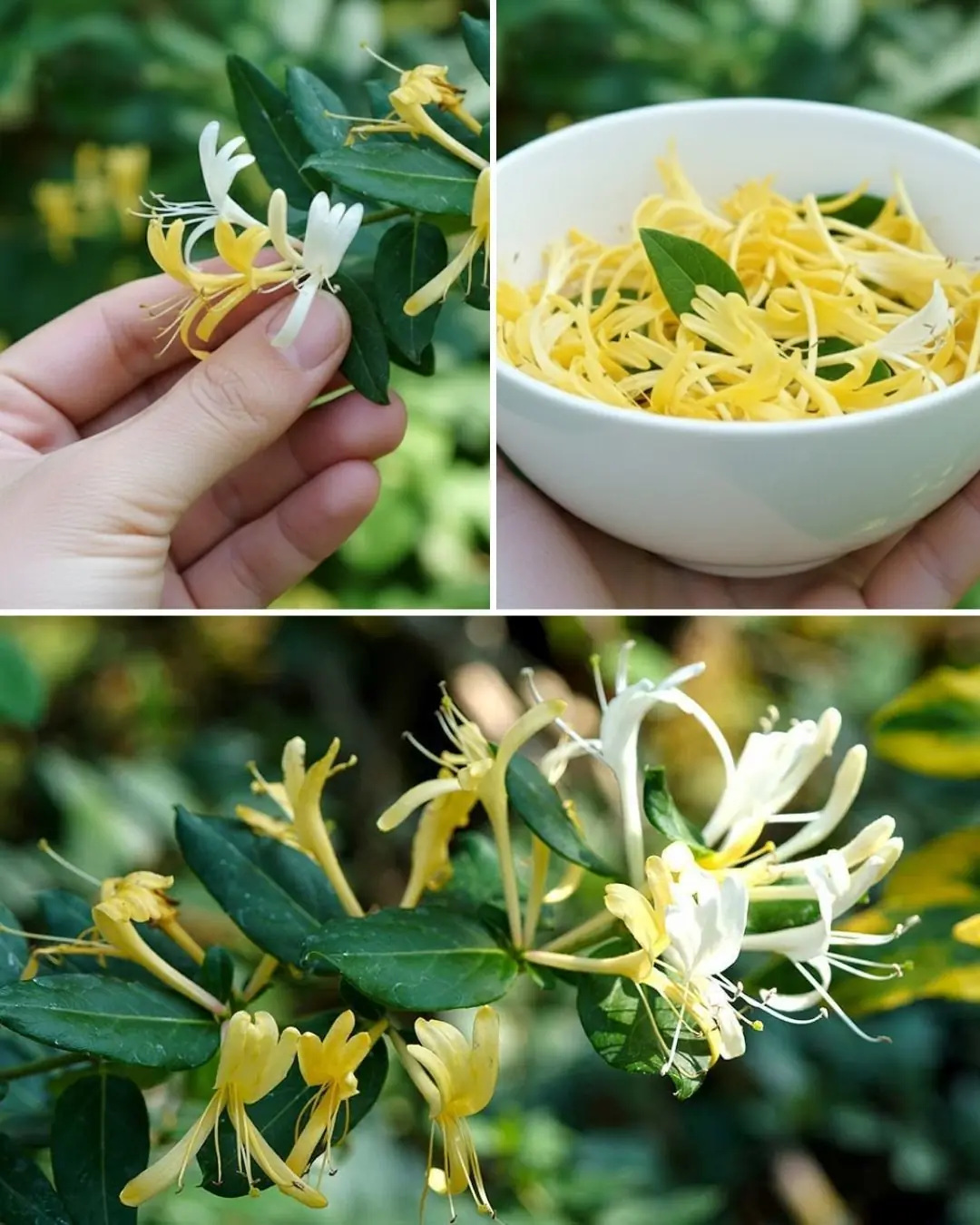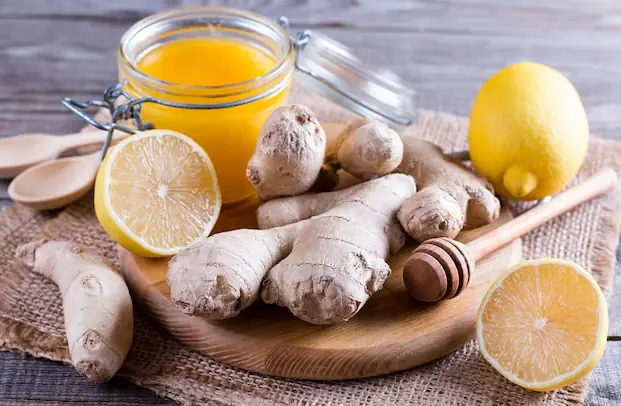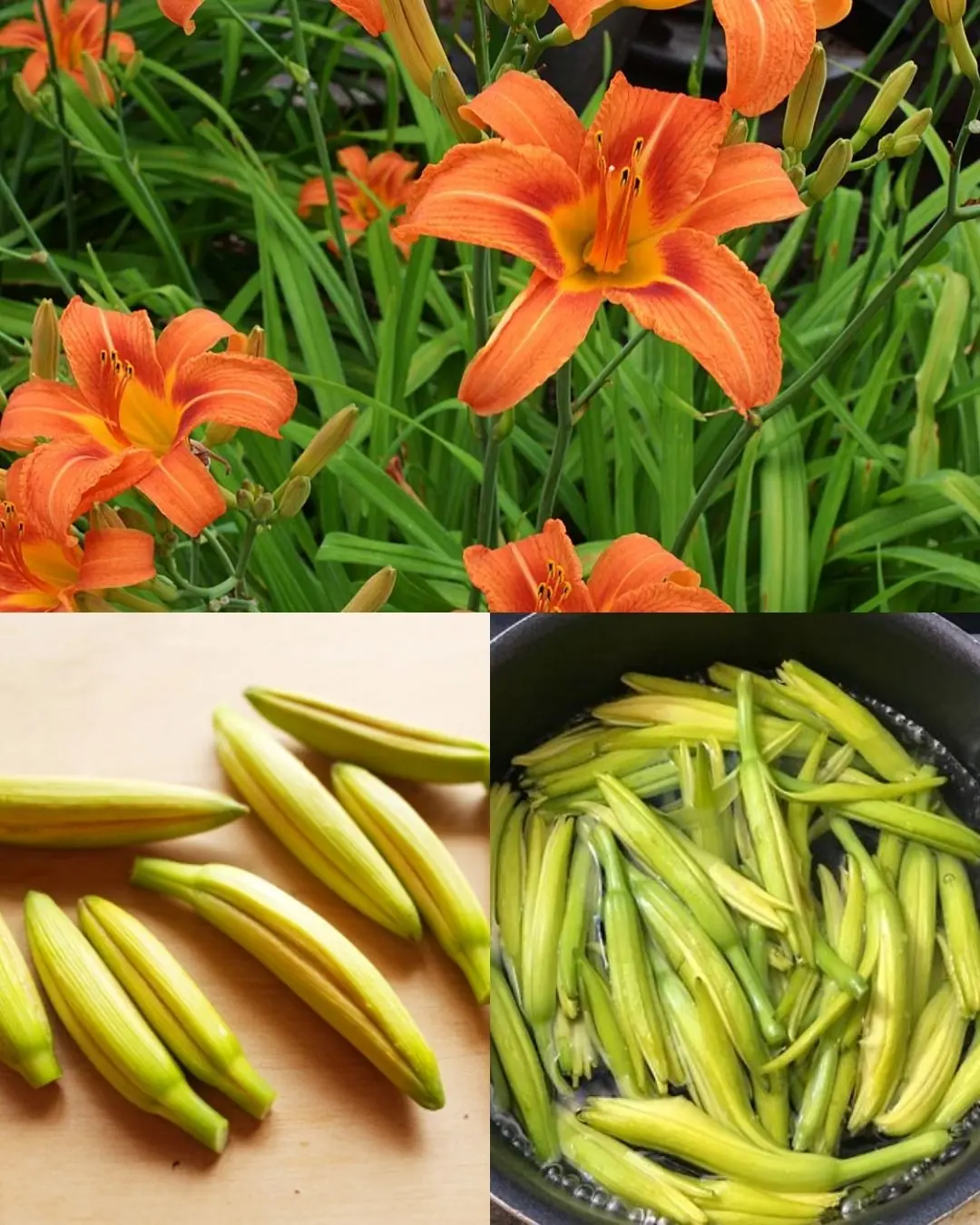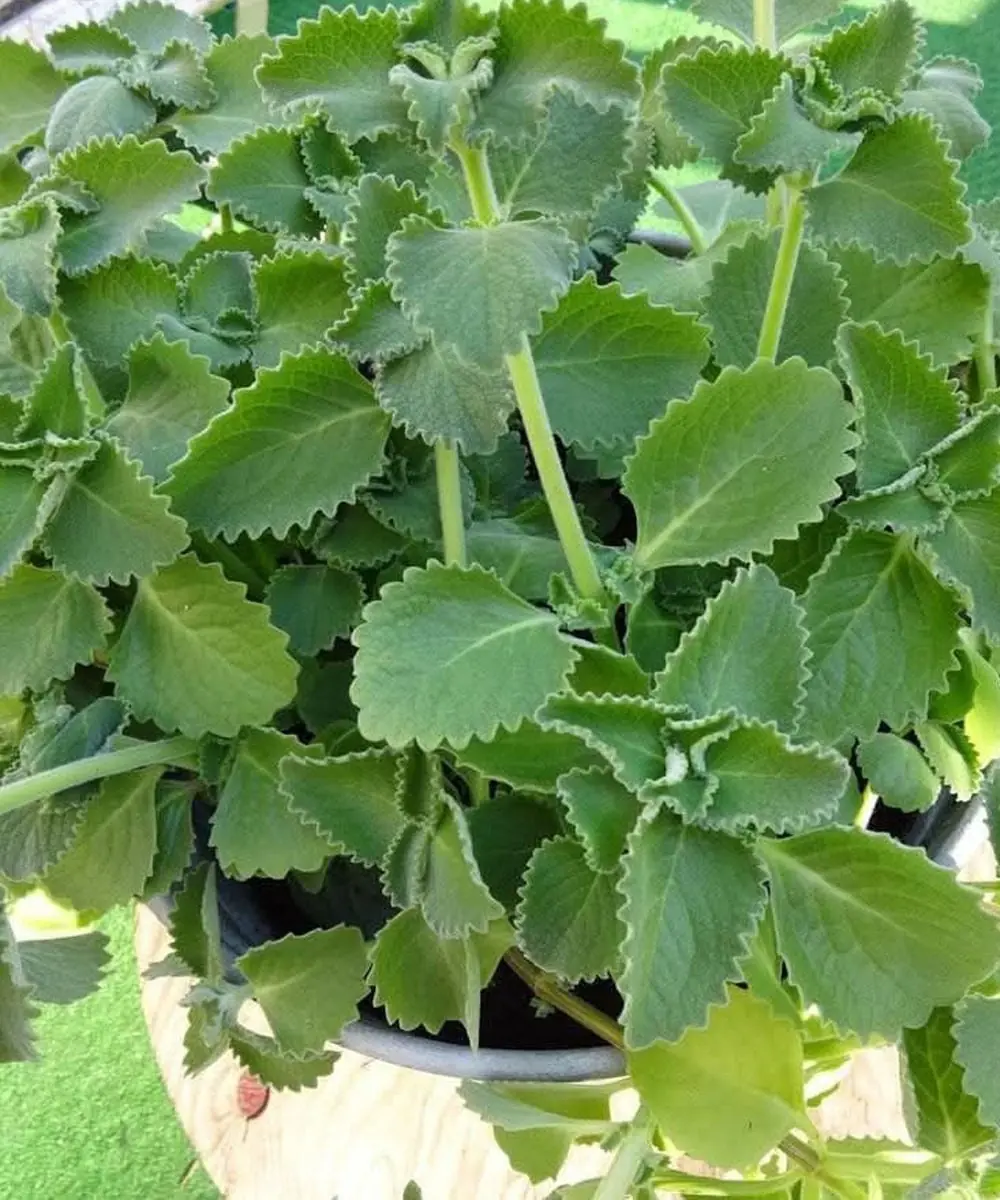Common Mallow (Malva sylvestris): A Hidden Herbal Gem with Numerous Health Benefits
Common mallow, scientifically known as Malva sylvestris, is an herbaceous plant often considered a common weed, yet it has been cherished for centuries in herbal medicine for its vast therapeutic properties. While it may appear unassuming, common mallow offers a variety of health benefits that have garnered the attention of herbalists and wellness enthusiasts alike.
Nutrient-Rich Composition

Common mallow is a powerhouse of essential nutrients, including vitamins, minerals, and antioxidants. It contains significant amounts of vitamins A, C, and K, which are vital for overall health and well-being. Additionally, this herb is rich in essential minerals such as calcium, magnesium, and potassium, which are crucial for maintaining strong bones, proper nerve function, and overall body vitality.
Potential for Digestive Health
One of the most notable benefits of common mallow is its ability to support digestive health. The plant’s mucilaginous properties, particularly found in the leaves and roots, have a soothing effect on the digestive tract. These properties can help alleviate digestive discomfort, such as indigestion, mild stomach irritation, and even gastrointestinal distress. When consumed, it can help relieve discomfort by providing a calming, anti-inflammatory effect on the digestive system.
Anti-Inflammatory and Antioxidant Effects
Common mallow is packed with bioactive compounds, including flavonoids and phenolic acids, which are known for their anti-inflammatory and antioxidant effects. These properties play an essential role in reducing inflammation in the body and fighting oxidative stress. By helping combat inflammation, common mallow may offer protection against chronic diseases such as cardiovascular conditions and arthritis, supporting overall health.
Respiratory Support
Historically, common mallow has been used as a remedy for respiratory issues. It possesses expectorant properties that can help alleviate symptoms like coughs and congestion by loosening mucus in the airways, making it easier to expel. Due to these properties, common mallow has become a popular choice in folk medicine for treating respiratory discomfort and improving breathing, especially during colds and seasonal allergies.
Skin Health Benefits
The mucilage content in common mallow also makes it beneficial for skin health. Its emollient properties help to soothe, hydrate, and moisturize the skin, which makes it an excellent ingredient in skincare products. Common mallow is often used to relieve minor skin irritations such as rashes, insect bites, and burns, providing a natural way to soothe and heal the skin.
Culinary Uses and Precautions
In addition to its medicinal uses, the leaves of common mallow are edible and can be incorporated into salads or cooked as a vegetable. While it is a nutritious addition to your diet, it’s important to ensure that the mallow is harvested from uncontaminated areas, free from pesticides or pollutants. This ensures the plant remains safe for consumption and does not carry harmful substances.
Final Thoughts
Common mallow, often overlooked as just a simple weed, has a rich history in traditional medicine for its impressive health benefits. Whether used to soothe digestive issues, reduce inflammation, support respiratory health, or improve skin condition, this humble plant has proven itself to be a valuable herb in natural healing practices. However, it is essential to seek guidance from healthcare professionals or qualified herbalists before adding it to your routine, especially if you have pre-existing health conditions or are taking medications.
In conclusion, the remarkable range of health benefits offered by common mallow highlights its potential as both a natural remedy and a nutritional resource, contributing to a holistic approach to well-being.
